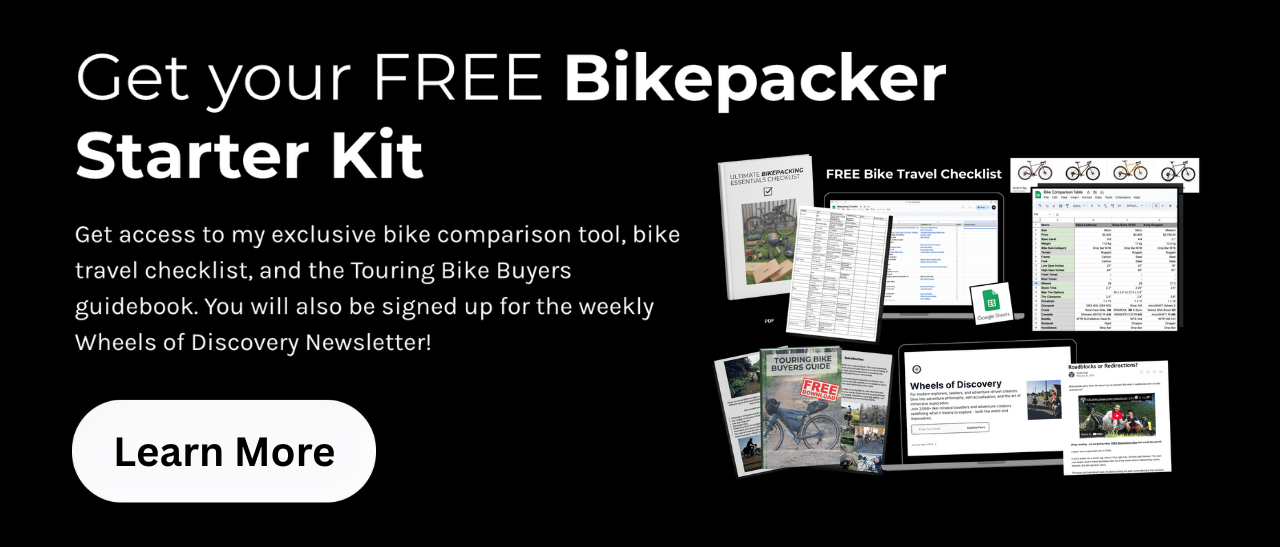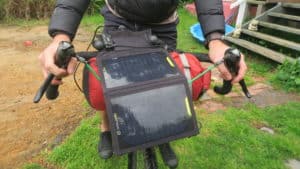Updated: 20th July 2025
Why Choose Japan for Your Cycling Adventure?
After spending a month exploring Japan by bicycle with my mate Eric (The College Picker) and meeting up with Nick (cylingelsewhere.com) and Naoya Tabibito – I can confidently say it’s one of the world’s premier cycling destinations. The combination of stunning scenery, immaculate roads, incredible infrastructure, and genuinely welcoming locals creates an experience that’s hard to match anywhere else.
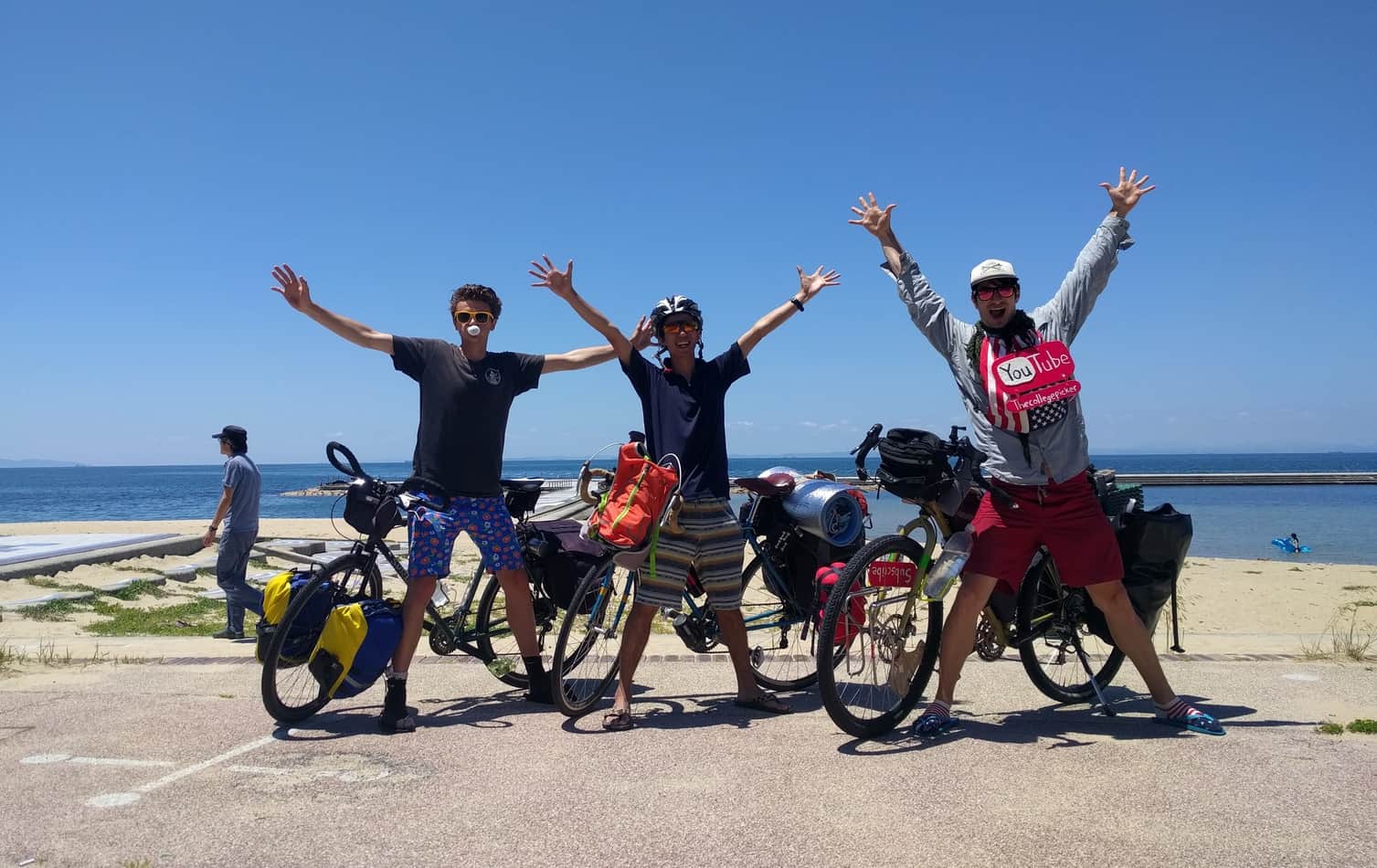
Is Japan good for cycling? Absolutely. Japan offers everything a cyclist could want: well-maintained roads, comprehensive signage, safe camping opportunities, and a culture that respects cyclists. The country’s commitment to cleanliness extends to its cycling infrastructure, making it ideal for both beginners and seasoned bike tourers.
Is Japan good for bikepacking? Japan excels for bikepacking adventures. The abundance of convenience stores, free camping spots, and compact distances between services make it perfect for self-supported touring. You’ll rarely be more than a few hours from supplies, yet still find plenty of wild, remote areas to explore.
For detailed vlogs of our entire Japanese adventure, check out The College Picker’s Japan Vlogumentary and my own perspective on YouTube. We vlogged every single day of our journey, providing real-world insights into what to expect during your own Japanese cycling journey. Subscribe for more upcoming travel videos and films about bicycle touring and bikepacking all over the world!
**Bookmark this page before you head out – you’ll want it handy on the road.**
Legal Considerations: Can Foreigners Ride Bicycles in Japan?
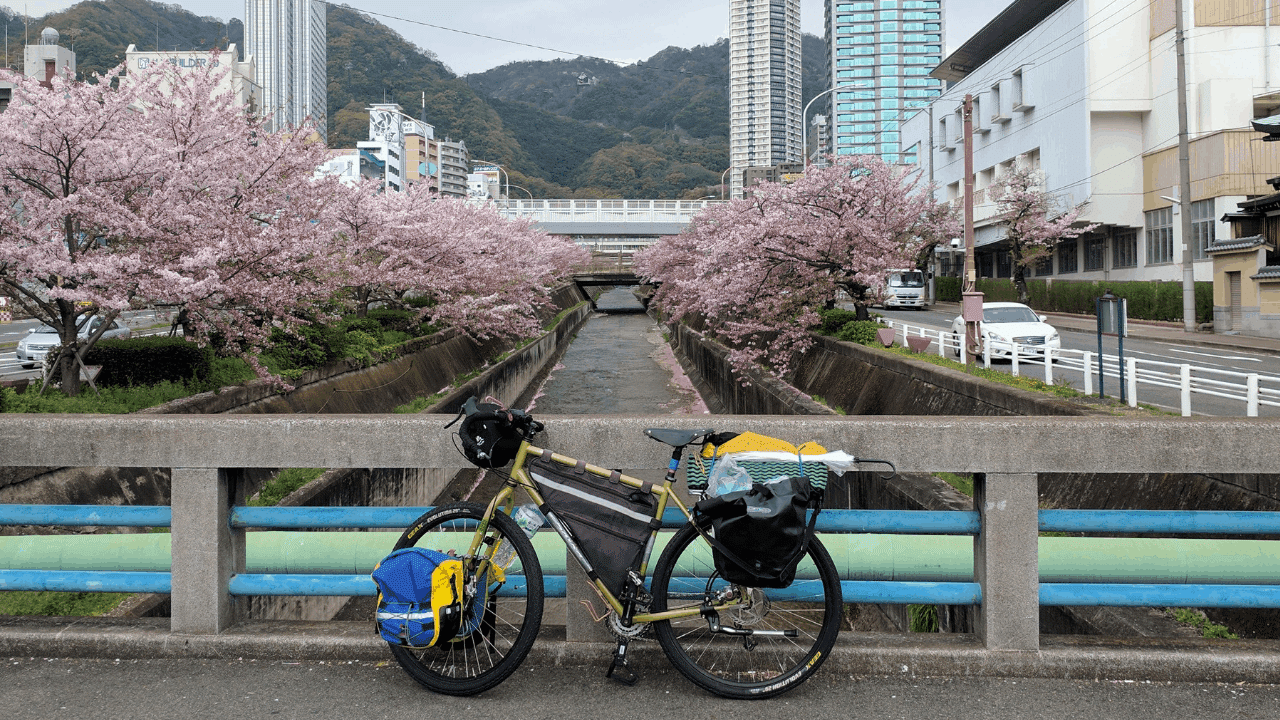
Can foreigners ride bicycles in Japan? Yes, foreigners can absolutely ride bicycles in Japan. Foreign residents or visitors should make sure they always have a passport or Japanese government issued ID when cycling. Here are the key rules to follow:
Essential Cycling Laws (Updated 2025)
- Bicycles must stay to the left of the street unless there are dedicated bike lanes or shared-use pathways
- New laws effective November 2024 impose fines of up to ¥100,000 ($675) for using phones while cycling, with potential prison terms of up to six months
- Drivers must now pass bicycles at a safe distance, with fines of ¥5,000 to ¥9,000 for violations
Always carry identification and follow traffic laws. The Japanese take road safety seriously, and recent legislation has strengthened penalties for cycling violations.
Comprehensive Route Planning: Maps and Navigation
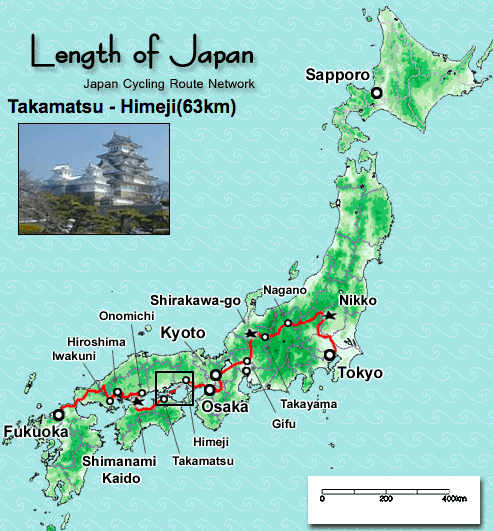
Japan Cycling Routes and Maps
Japan cycling routes are extensive and well-documented. The crown jewel is the Trans Japan Cycle Route Network, consisting of four major segments:
- Fukuoka to Tokyo: 1,930 km of diverse landscapes
- Nikko to Ooma: 1,048 km through northern Honshu
- Hakodate to Wakkanai: 1,014 km across Hokkaido
- Tokyo to Kyoto: 560 km through Japan’s cultural heartland
Total distance: 4,552 km of epic cycling terrain.
Essential Mapping Resources
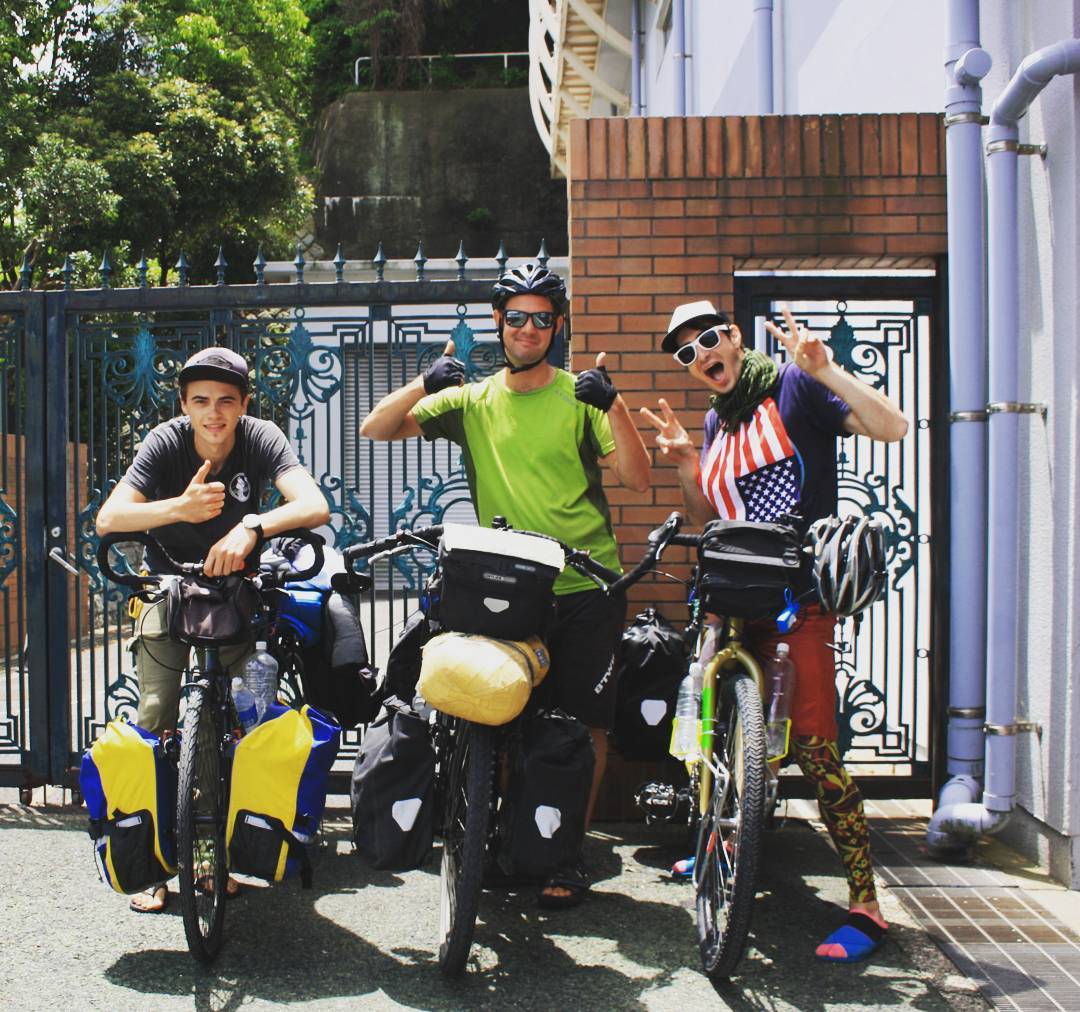
Cycling Japan map resources I highly recommend:
- Japancycling.org: Detailed GPS files for the Trans Japan Cycle Route Network – download these as your primary cycling Japan guide
- HokkaidoWilds.org: Comprehensive northern island routes with downloadable GPX files for creating the ultimate Japan bicycle touring route
- Japan Odyssey: Annual cycling event with checkpoints around Japan. Check out the route plans – it’s plotted on some of Japan’s best cycling roads
- Ridewithgps.com: Over 28,000 user-generated routes across Japan
Download GPS files before departure – they’ll guide you off busy roads onto cyclist-friendly back roads where the real adventure happens.
Self-Guided Cycling Japan: Planning Your Adventure

Self-guided cycling Japan is incredibly rewarding thanks to excellent infrastructure and resources. Here’s how to plan effectively:
Route Selection Strategy
- Use smaller parallel roads instead of major highways
- Follow river paths in urban areas
- Expect significant climbing – Japan is mountainous
- Plan around seasonal weather patterns
Best Times to Cycle
- April-June: Ideal weather, cherry blossoms
- September-October: Comfortable temperatures, autumn colors
- July-August: Hot and humid but manageable
- December-March: Cold, especially in northern regions
End-to-End Cycling: Japan’s Epic Journeys
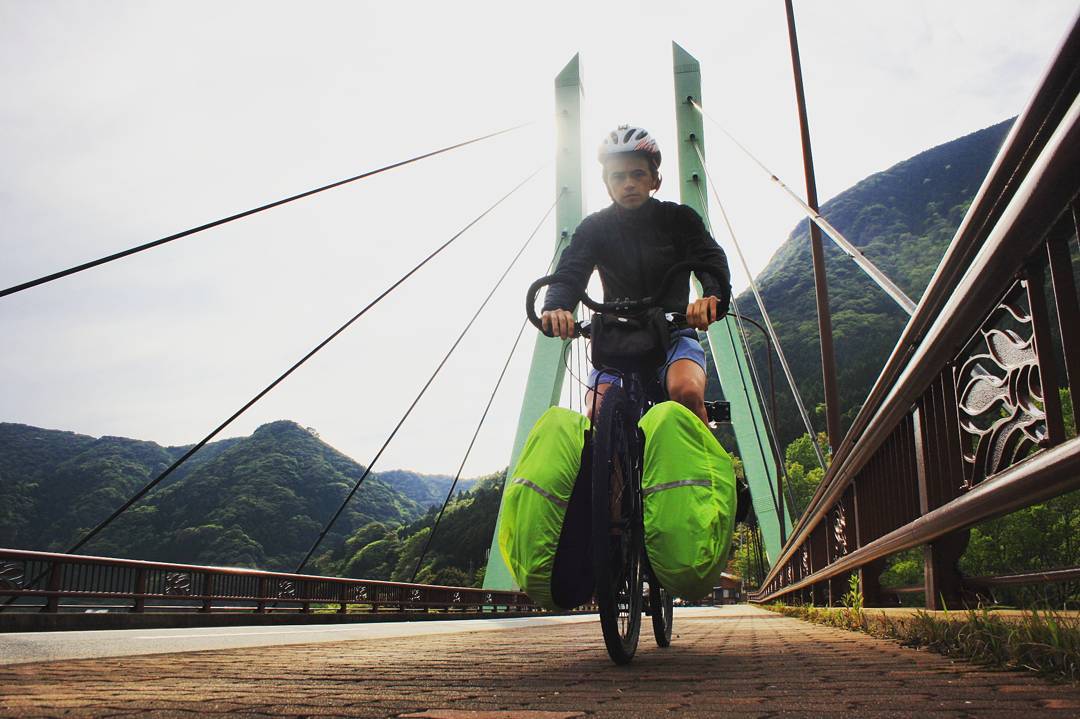
Cycling Japan end-to-end offers several incredible options:
The Classic South-to-North Journey
Starting in Kyushu and finishing in Hokkaido covers Japan’s full climatic and cultural range. This journey showcases everything from subtropical coastlines to alpine wilderness.
The Shimanami Kaido Route
This stunning 70km route connects Honshu to Shikoku via six small islands. It’s considered one of the world’s most beautiful cycling routes, featuring breathtaking bridges and coastal views.
Hokkaido Circuit
Often called “pure paradise for cycle touring,” Hokkaido offers:
- Natural hot springs every few kilometers
- Free camping sites
- Minimal traffic
- Spectacular wilderness scenery
- Best visited June through September
Practical Essentials: Food, Water, and Accommodation
Food Strategy
Convenience stores are your best friend – they’re everywhere and offer surprisingly healthy, affordable options.
Convenience store culture is huge in Japan. Unlike other countries, Japanese people commonly get their meals from convenience stores rather than always dining out or making breakfast at home. These stores are like mini supermarkets with incredible variety.
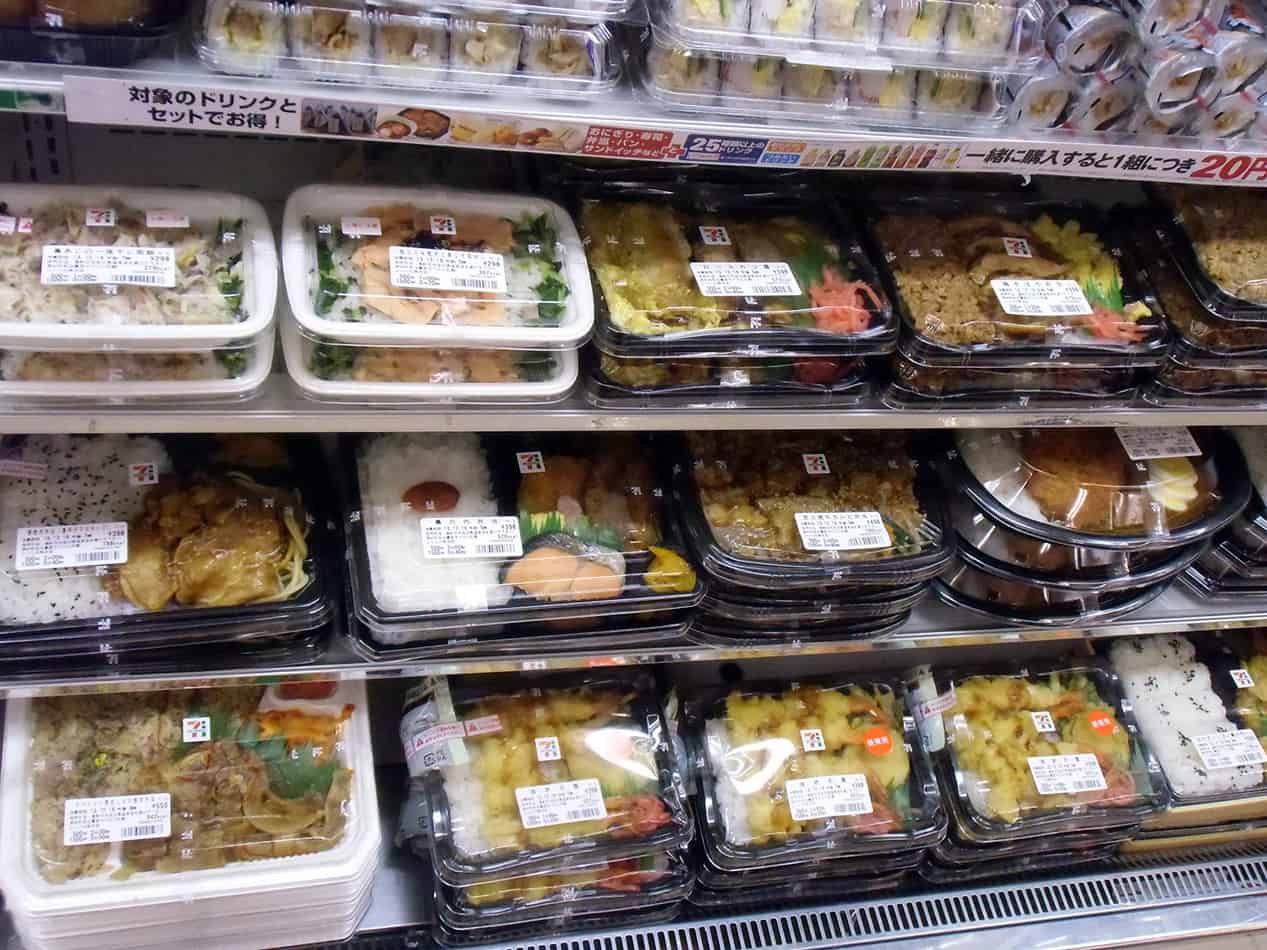
My favorite convenience store finds:
- Onigiri (triangular rice balls wrapped in seaweed) – absolute convenience store sensations
- Fresh bento boxes – portable lunches with many options to choose from
- Bean jam-filled bread buns – these were cream-filled but the bean ones were my absolute favorite
- Soy products: tofu, miso, soy sauce (natto – not a fan!)
- Pre-made deli dishes: salads, yakitori, deep-fried dishes
- Snacks: Japanese sweets, international candies, rice crackers, potato chips
- Staples: rice, bread, noodles, cereals, canned and frozen foods, sauces, condiments
Eric’s “Snack of the Day”: My mate was consistent throughout the trip, featuring interesting and uniquely Japanese snacks in his daily vlogs – check out this example of his snack discoveries.
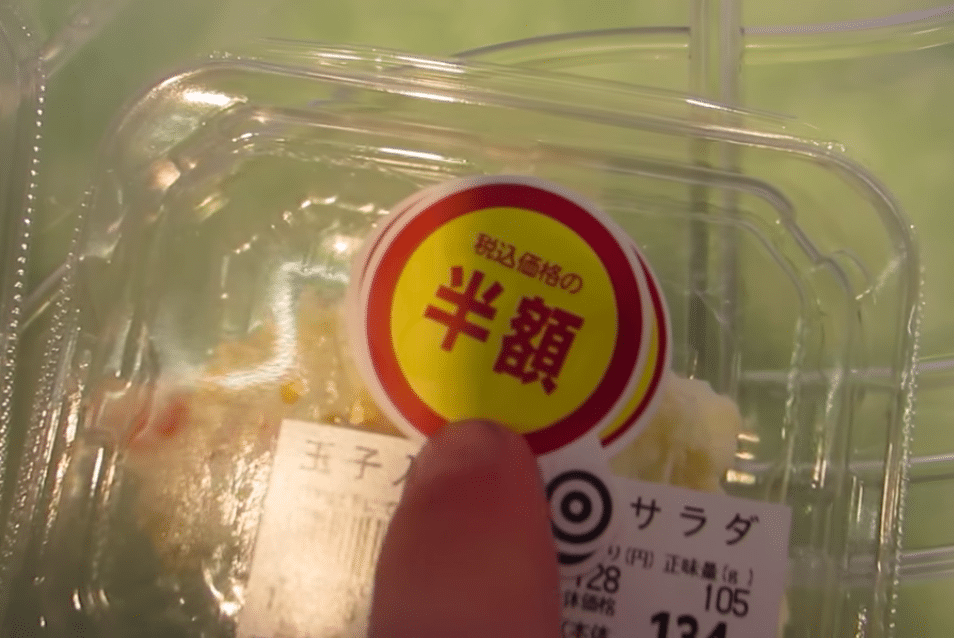
Pro tip: Look for 半額 (hangaku) stickers indicating 50-70% discounts on food nearing expiration – usually appears 2-3 hours before closing time.
The Vending Machine Phenomenon
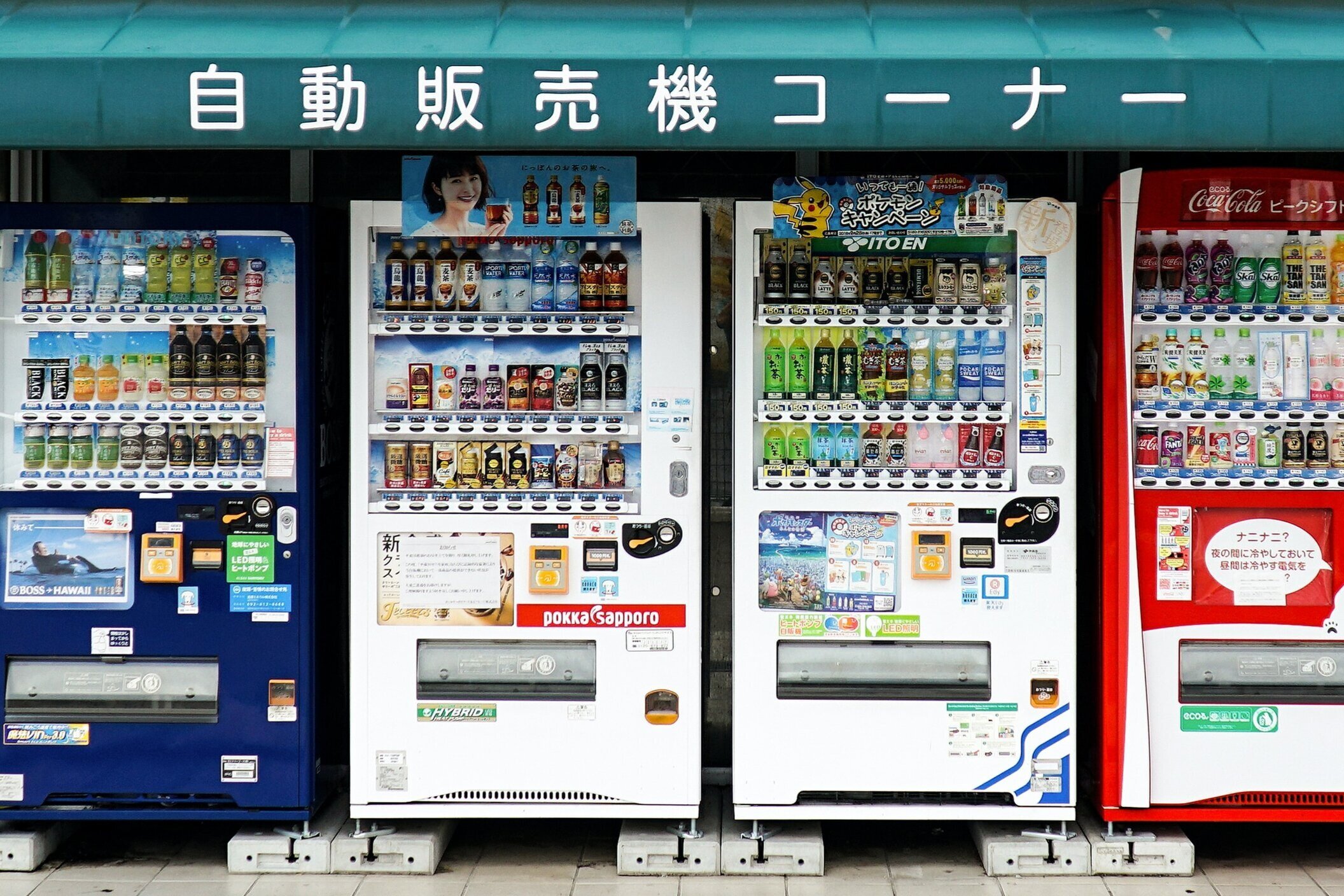
With 2.4 million vending machines nationwide, you’ll never lack drinks. This was a crazy surprise – they’re on almost every corner, even in remote places like hilltops! Red buttons indicate hot beverages, blue indicates cold – perfect for any weather. Hot coffee for just 100 yen (about $1)!
Some vending machines even sell food like noodles, snacks, and other convenience items.
Water Access
Unlike the UK, finding drinking water requires more planning in Japan. Look for taps in parks and other public areas, or rely on convenience store purchases.
Accommodation Options
Free Camping (My Preferred Method)
Japan is incredibly accommodating for wild camping. When I traveled to Japan, I didn’t even take a tent! We had no intention of staying in hotels or paying for accommodation during our entire month-long trip – which we successfully achieved.
This simple fact proves just how easy camping in Japan can be. Most nights we found urban areas to lay down our mats, bust out the sleeping bags, and sleep under the stars.
We successfully camped in incredibly diverse locations:
- Public parks and playgrounds (including one giant octopus playground – check out this video!)
- Library parking areas (slept in the bike parking section)
- Roadside stations (michi-no-eki) – these are fantastic
- Beach fronts and coastal areas with amazing views
- Mountain rest areas and rotundas
- A ground golf field (got woken up by elderly players setting up around our sleeping bodies!)
- McDonald’s (we even did a 24-hour challenge in one)
- Park benches in front of beautiful castles
- Under incredibly designed Japanese rotundas
- Public building fronts
Urban camping is surprisingly accepted. We never had issues with authorities during our month-long adventure. Japan is pretty accommodating with people camping in public places, and we met other local bike travelers doing the same thing.
Budget Accommodation
When weather doesn’t cooperate, there are excellent budget options. This incredibly helpful resource, thanks Paul Evans – a detailed map showing budget-friendly locations from Okinawa to Hokkaido, ranging from ¥1,000 to ¥5,000 with no meals included:
- Capsule hotels: ~¥2,600 ($26) per night – simple sleeping booths
- Rider houses: ¥1,000-¥5,000 – specifically for cyclists
- Minshuku (guesthouses): Traditional budget option
- Hostels: Backpacker-friendly accommodation
- Henro houses: Traditional pilgrimage accommodation
- Manga cafes: 24-hour internet cafes with showers
Warmshowers Experience
We had the incredible opportunity to stay at a Warmshowers host’s house and truly experience Japanese home culture. Our host was incredibly accommodating, preparing us a home-cooked Japanese dinner – a highlight of our trip!
Bike Touring Japan: Essential Tips and Cultural Experiences
The Onsen Experience
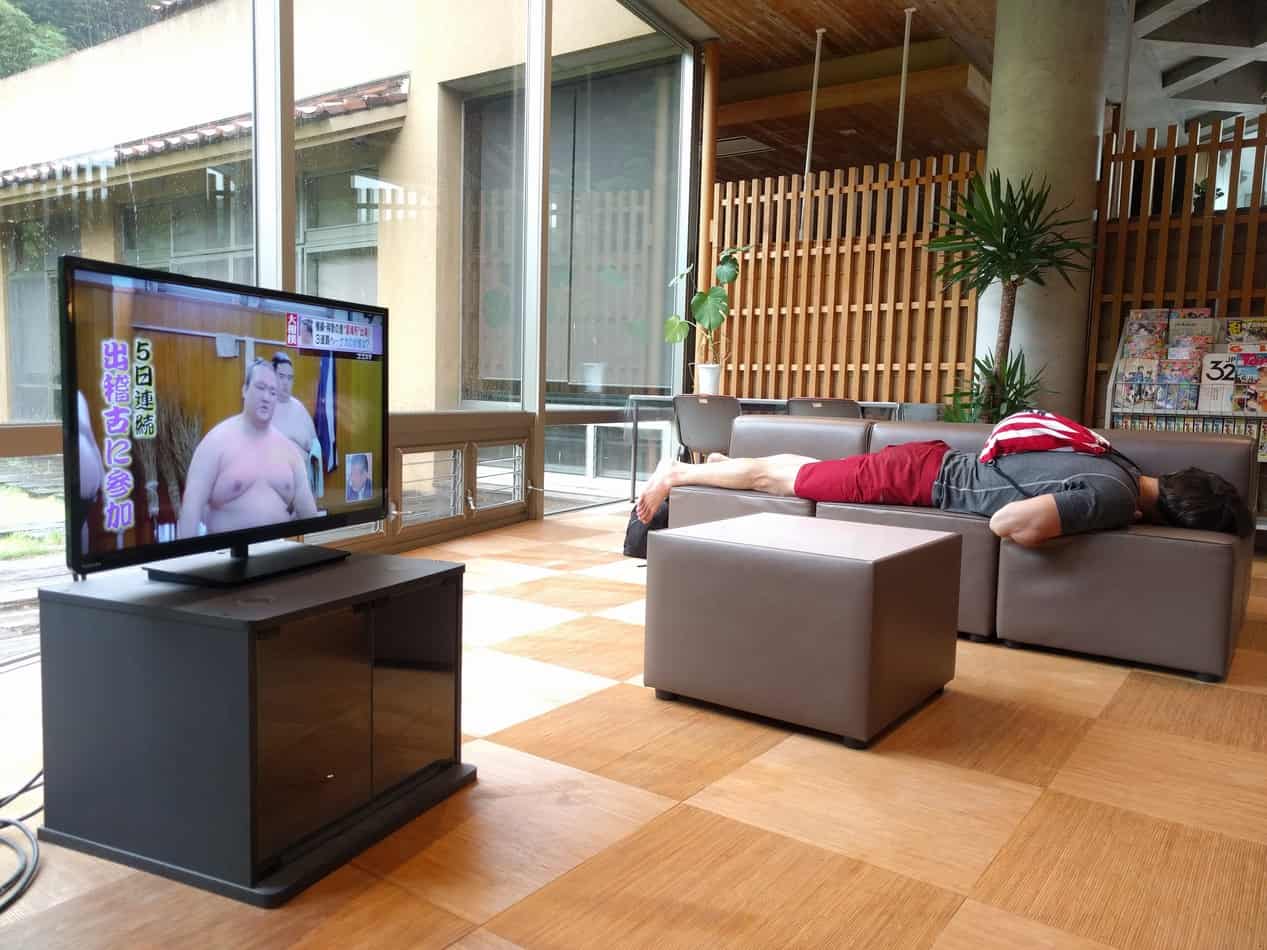
Essential for bike tourers! When bike touring, you get filthy – then you need an onsen. After days of cycling, nothing beats a traditional hot spring:
Essential onsen rules and etiquette:
- Cost: Around ¥600 ($7) per visit (we visited one at Roadside station Tsuwano-onsen Nagomi-no-sato)
- Critical rule: Wash thoroughly before entering the hot spring – this is a thorough scrub-down to remove all dirt and sweat
- Complete nudity required – you must get completely naked! No towels or clothing allowed in the onsen as they’re considered dirty. I had practice from football showers, so you get used to it – plus no towel slapping!
- Stay modest: Cover your nether regions with a small towel when moving between shower and onsen
- Tattoos may restrict access: Most associate tattoos with Japanese mafia. Small tattoos can be covered with waterproof bandages, but if you’re “dripping with ink,” you might miss out. Some places geared toward foreign customers are more lenient.
- Include relaxation time: Most onsens have rest areas perfect after a big day of riding. I once fell asleep and nearly got locked in when they were closing!
Here’s a video of the day we spent mostly off the bikes relaxing in the onsen – truly a gem for bicycle tours.
Communication Without Japanese
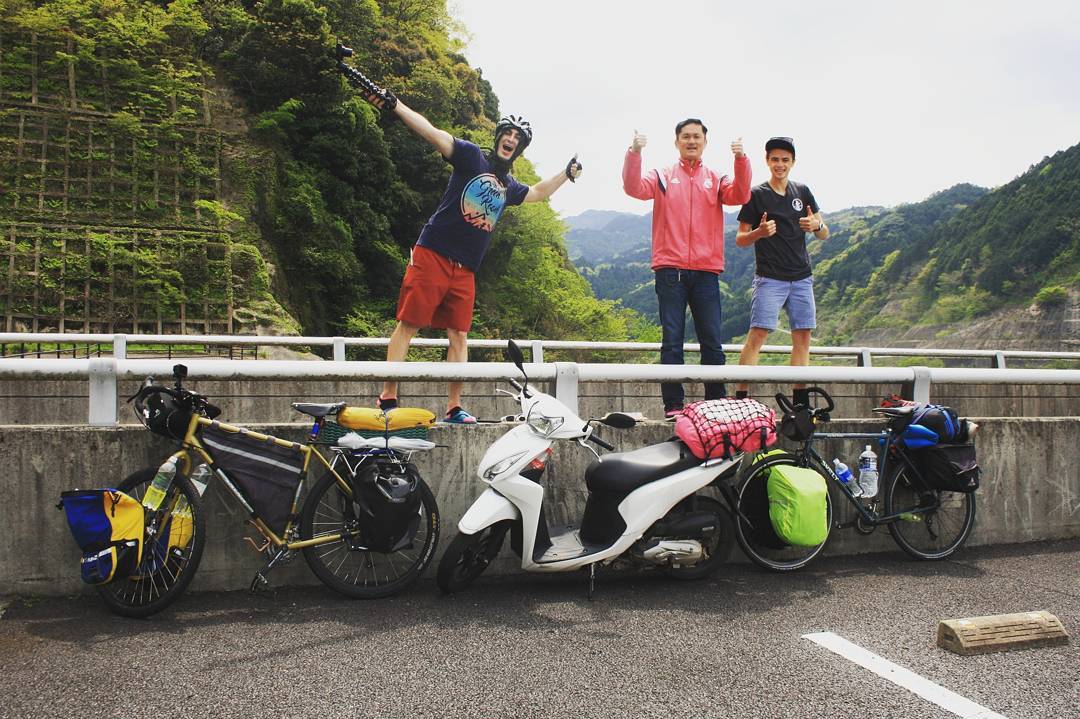
Don’t let language barriers deter you. English isn’t commonly spoken in Japan – they have pride in their culture and while many know some English, they’ll primarily speak Japanese. Young people learn English in schools but seem shy about making mistakes.
We managed perfectly with:
- Google Translate app: Camera translation for menus works almost perfectly
- Audio translation: Play back translated voice messages and show translated text
- Basic phrases: Learn “arigatou” (thank you) and “sumimasen” (excuse me)
- Patience and smiles: We’d often just nod, laugh, and cross our hands saying “no Japanese”
What we probably missed: Locals likely asked where we were from and about our travels – we eventually figured out what these questions meant in Japanese and could communicate a bit further. I’m certain we missed out on great stories and conversations, but the effort was always appreciated.
Safety and Security
Japan’s low crime rate makes it ideal for cycle touring. We regularly left bikes unattended while exploring museums and shops. Still, always:
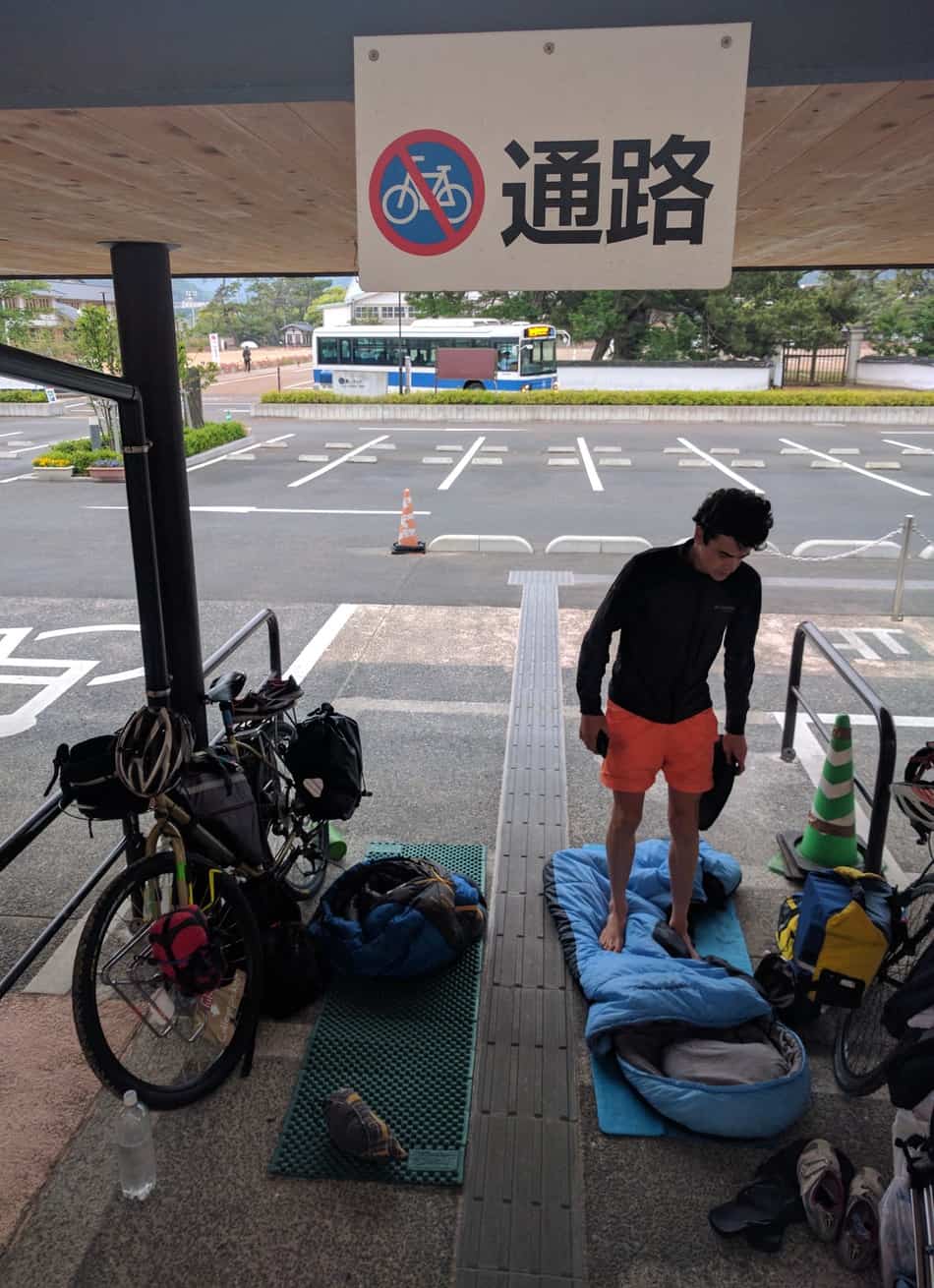
- Lock your bike
- Remove valuables from panniers
- Keep identification documents accessible
Technology and Connectivity
Internet access is excellent and fast enough to upload YouTube videos:
- Free WiFi at most convenience stores (especially most 7-Elevens, some but not all Lawsons and FamilyMarts)
- Hour-long sessions or unlimited subscriptions available
- Reliable connections for all your needs
Charging devices is straightforward:
- Most restaurants and stores have charging ports
- McDonald’s became our go-to charging station – we’d often spend a few hours there, and even spent an entire 24 hours in one!
- Public buildings often allow you to plug in laptops and work on the ground
- Onsens provide charging areas – perfect after getting clean
- Portable solar panels work great for camping and power bank charging
- Not recommended but worth mentioning: You could unplug toilets in 7-Elevens to charge your phone while taking care of business… if you really had to!
Money-Saving Strategies
Japan can be expensive, but strategic choices help offset costs:
- Free camping: Our primary accommodation method – Japan offers huge opportunities to free camp and wild camp almost anywhere
- 100-yen shops: Hit up Daiso and Seria as soon as you arrive to get everything you need
- Discounted food (hangaku): Shopping 2-3 hours before store closing can yield 50-70% discounts
- Second-hand shopping: Check out “Hard Off” stores for gifts, souvenirs, and gear before heading home
Transportation Integration
Public transport with bikes requires specific preparation:
- Bikes must be in plastic bags or bike cases – this is mandatory
- Make your bike as compact as possible to respect space
- Respect cleanliness standards – Japan values keeping things clean, so a filthy bike contacting trains isn’t appreciated
The Tunnel Challenge
Be prepared to ride through many tunnels – they can seem dark and scary. Japan is extremely mountainous, requiring many tunnels built through the ground. Essential: Bring front and rear lights for safety!
Regional Highlights and Must-See Destinations
Shimanami Kaido
The jewel of Japanese cycling routes, connecting islands via spectacular bridges with dedicated cycling paths.
Hiroshima and Nagasaki Peace Parks
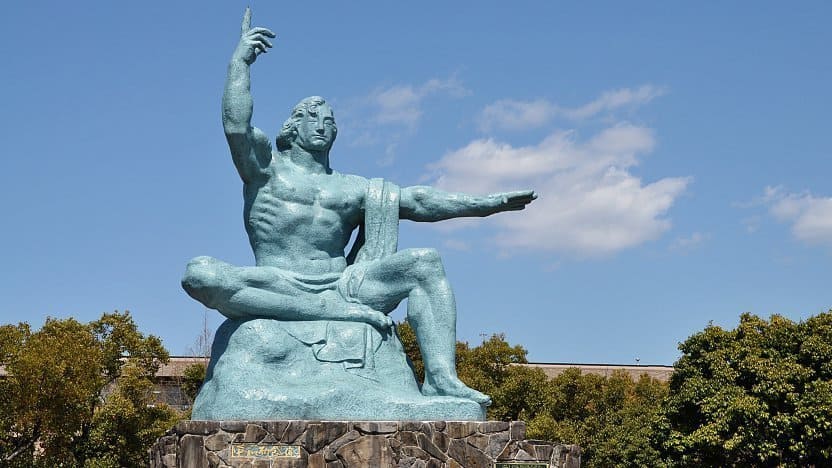
Moving historical sites that provide important cultural context to your journey.
Himeji Castle
One of Japan’s most beautiful original castles, easily accessible by bike.
Hokkaido’s Route 229
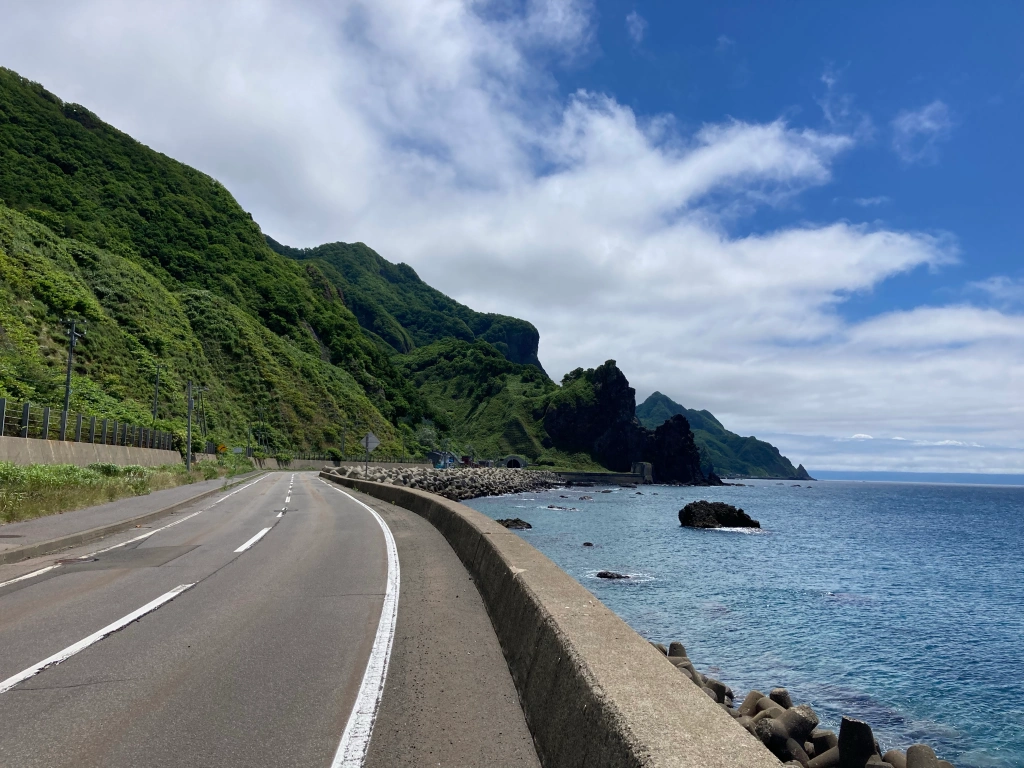
Legendary among cycle tourers for pristine wilderness and minimal traffic.
Practical Preparations
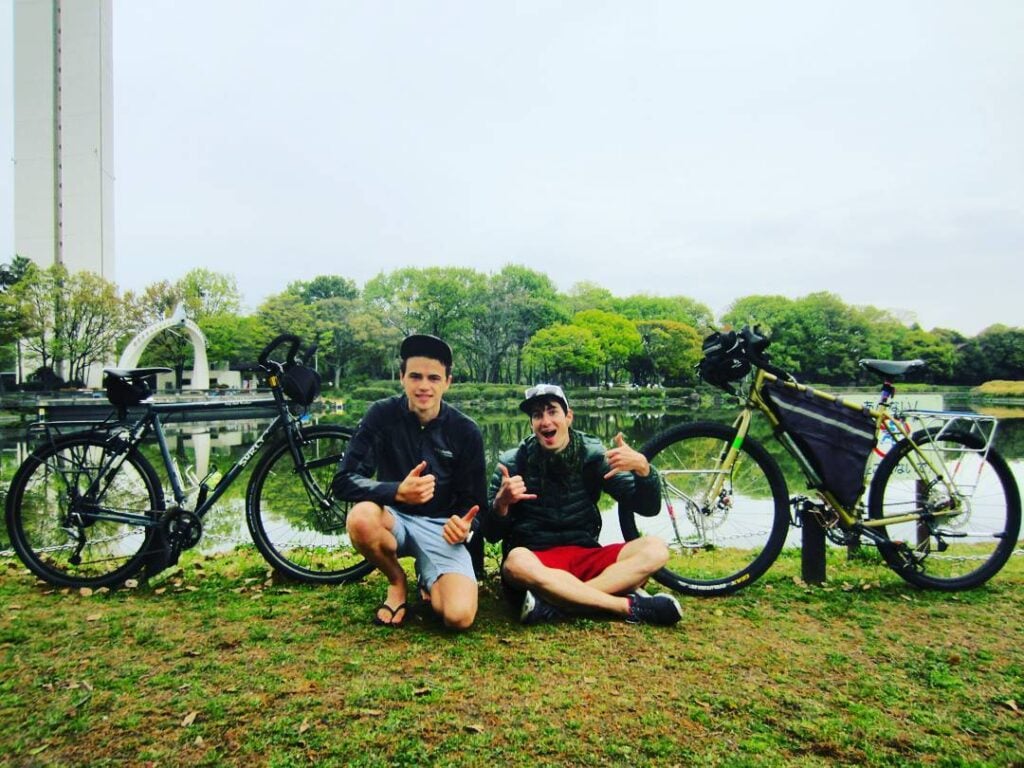
Gear Recommendations
- Lights: Essential for numerous tunnel passages
- Rain gear: Weather can change quickly
- Bike repair kit: Though bike shops are well-distributed
- Portable solar panels: Useful for device charging during camping
Stove Fuel Accessibility
Gas canisters are available at outdoor shops and some convenience stores. Plan accordingly for multi-day wilderness sections.
Essential Resources and Maps
- Japan Cycling Navigator Facebook page: Active community sharing current conditions – a great resource
- Paul Evans’ bicycle shop map: Invaluable for repairs and maintenance across Japan
- Budget accommodation map: Comprehensive listing of affordable stays
Final Thoughts: Embracing the Japanese Cycling Experience
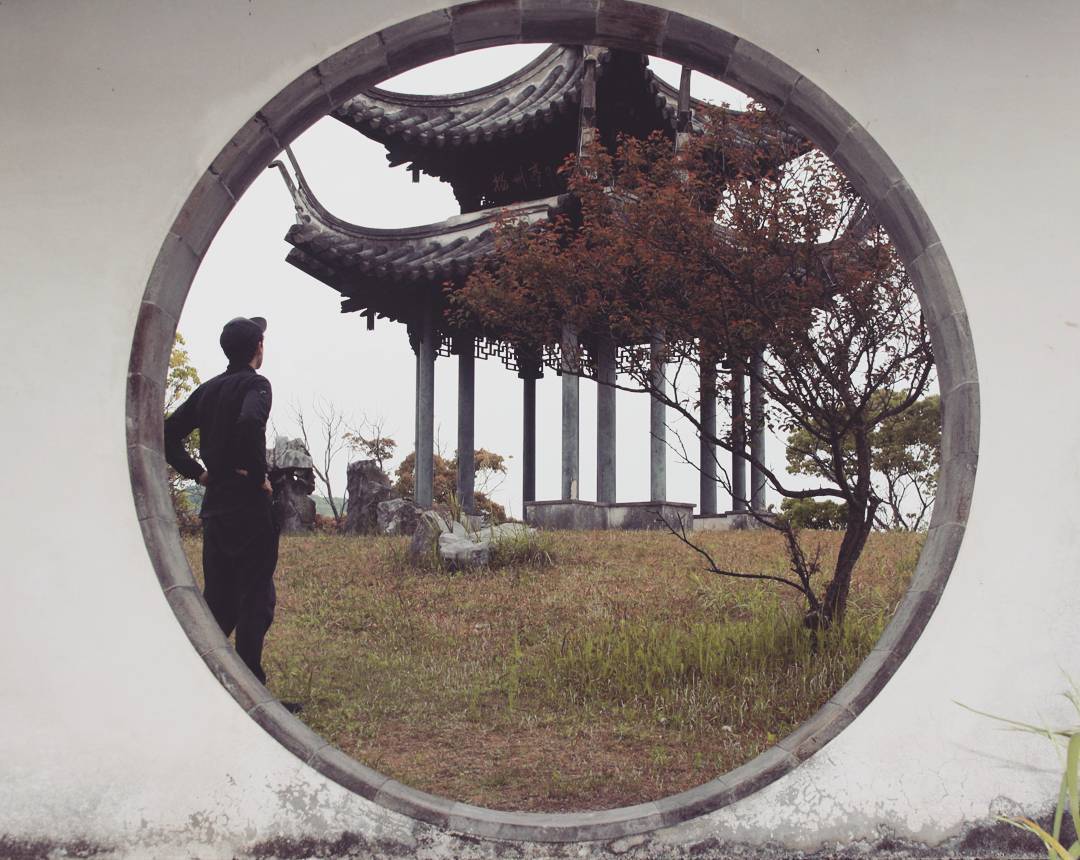
After our incredible month exploring Japan by bicycle, I can’t recommend it highly enough. As we left, we came to realize how much “we love Japan.” The combination of stunning natural beauty, fascinating culture, excellent infrastructure, and genuine hospitality creates an unforgettable adventure.
One thing I noticed about Japan: Their incredible attention to cleanliness extends to everything – the roads, cars (immaculate with minimal litter), and their personal hygiene habits. They seem to clean themselves extremely thoroughly, which makes sense given their onsen culture.
Whether you’re planning a short cherry blossom tour or an epic end-to-end journey, Japan delivers experiences that will stay with you forever. The country rewards curious, respectful travelers with access to hidden temples, remote hot springs, and genuine interactions with locals.
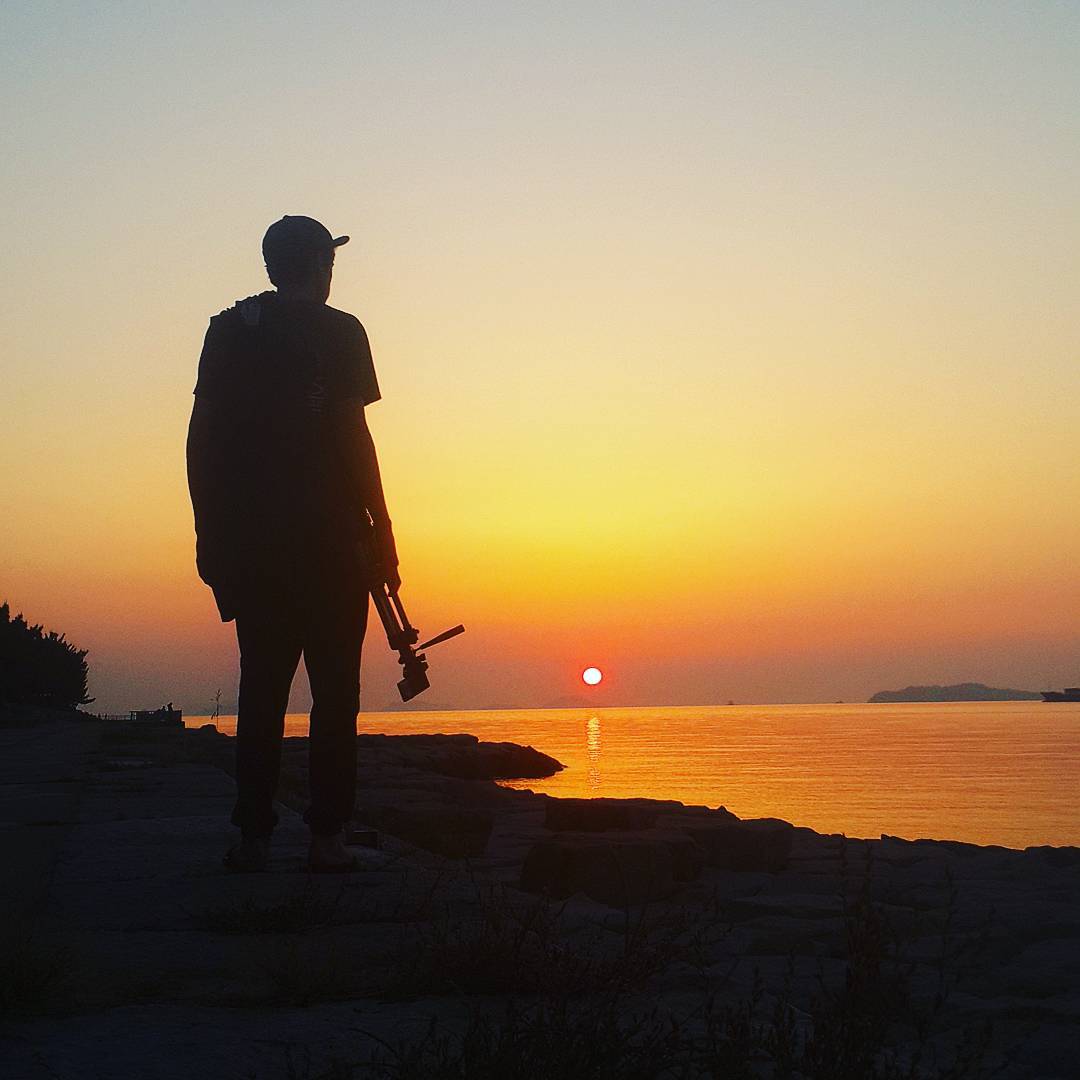
My key takeaways:
- Camping in Japan can be done easily and for free
- Visit some onsens – essential for bike tourers
- Try the islands – we did the Shimanami Kaido route and it was incredible fun
- Enjoy the food – Japanese cuisine is very tasty (though I’m not sure about vegan options since I traveled before going vegan)
- Choose country back roads over urban routes – you’ll climb high mountains but it’s totally worth it
- Plan for weather – April, May, June seem to be the best months
Most importantly: Be prepared to fall in love with Japan. As we discovered, leaving is the hardest part of the journey.
Start planning your Japanese cycling adventure today – the roads are calling, and the experience awaits!


